Introduction: To Historic Sites In New Mexico
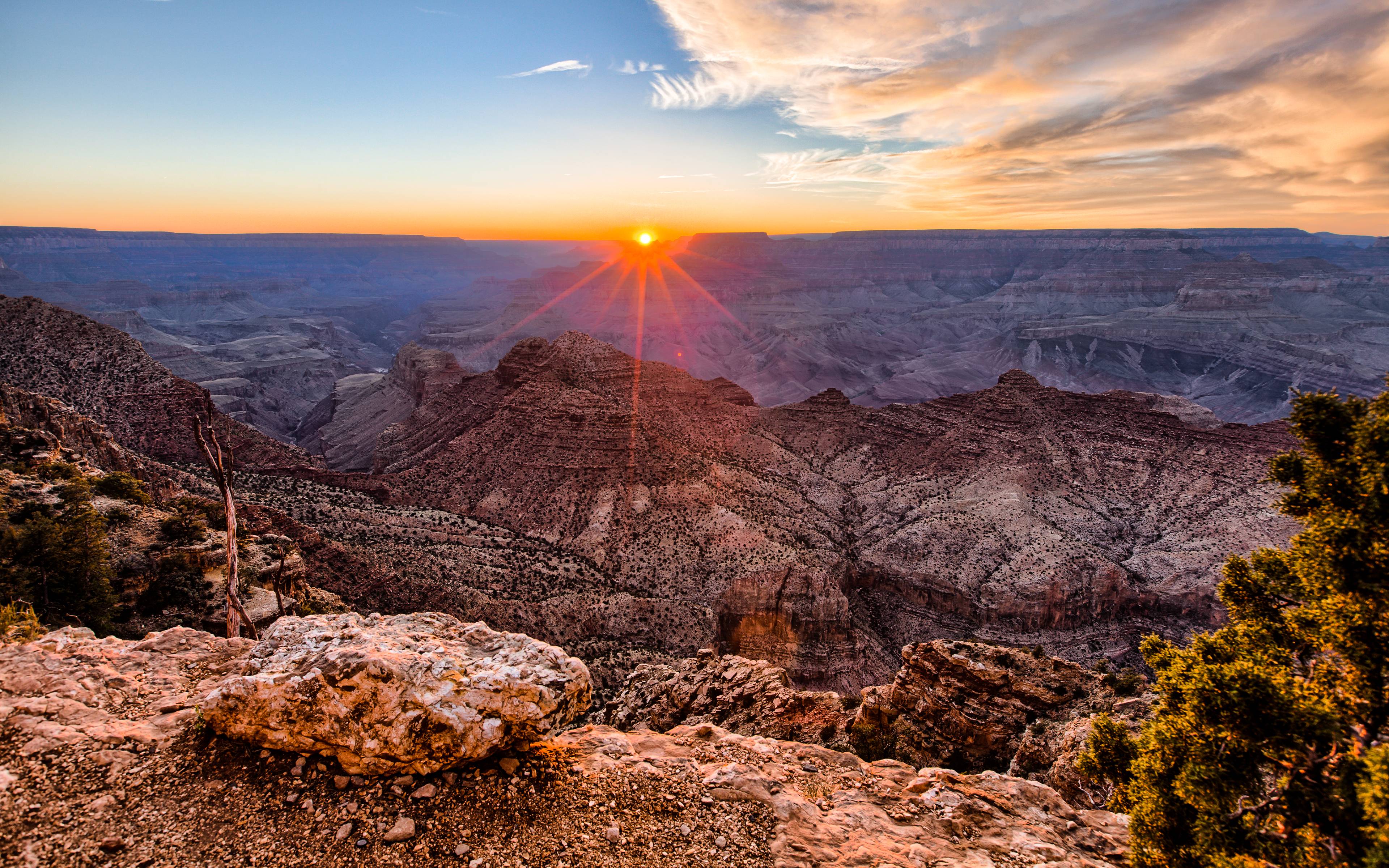
Nestled in the southwestern corner of the United States, New Mexico is a state that captivates the imagination with its rich cultural heritage, diverse landscapes, and a unique blend of traditions. Known as the Land of Enchantment, New Mexico beckons adventurers with its stunning deserts, vibrant cities, and a tapestry of Native American, Hispanic, and Anglo influences.
One of the most striking features of New Mexico is its diverse landscapes. From the otherworldly landscapes of White Sands National Park to the majestic peaks of the Sangre de Cristo Mountains, the state offers a breathtaking array of natural wonders. In this blog, we will embark on a journey to discover the beauty and charm that make New Mexico a truly special destination.
Here is a quick list of 5 Best Historical Sites in New Mexico:
1. Taos Pueblo
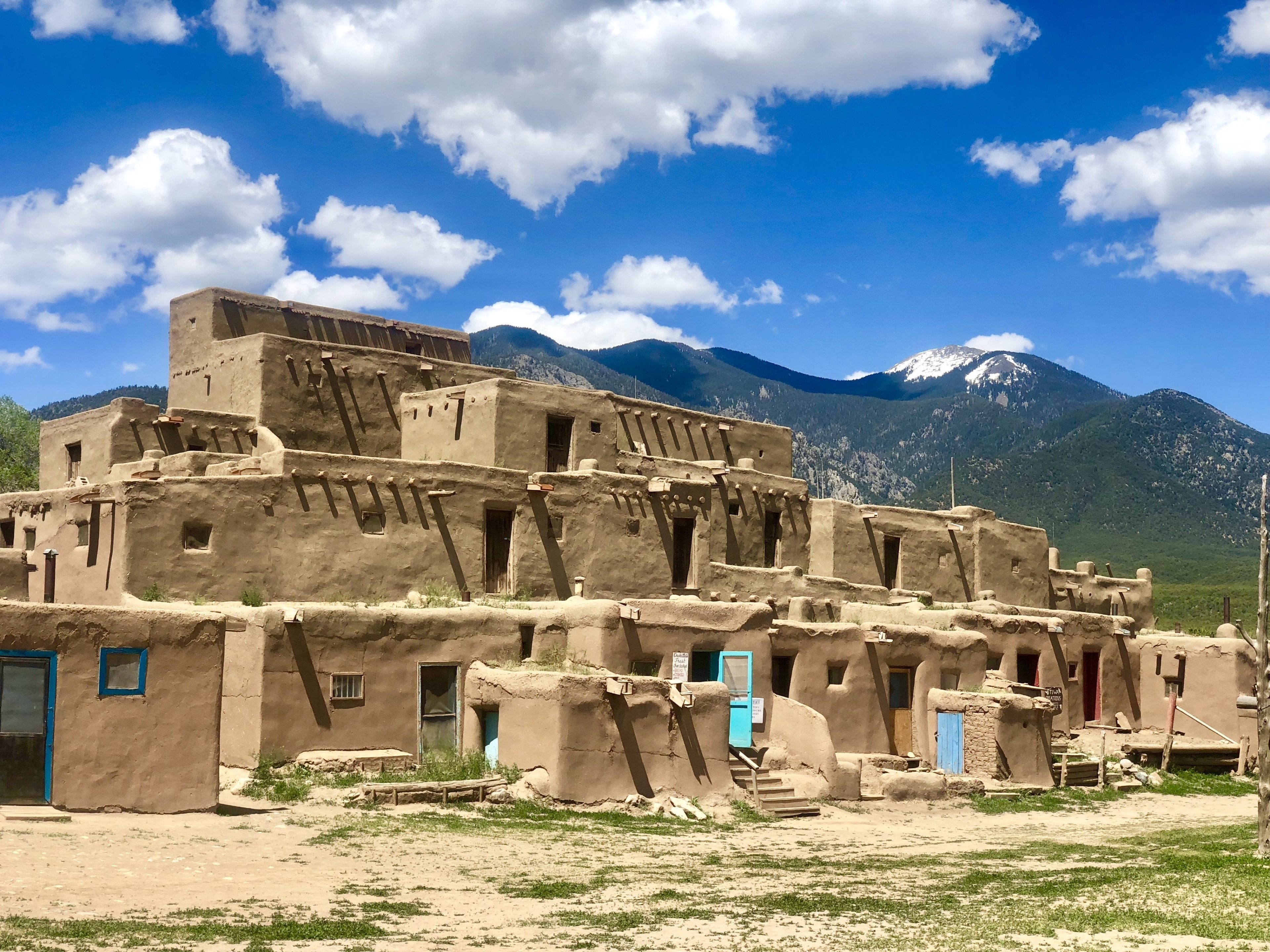
Taos Pueblo is a UNESCO World Heritage Site located in Taos, New Mexico. It is one of the oldest continuously inhabited communities in the United States, with a history dating back over 1,000 years. The Pueblo is situated at the base of the Sangre de Cristo Mountains and is known for its distinctive multi-storied adobe buildings.
The architecture of Taos Pueblo is unique, characterized by thick, terraced walls made of adobe bricks, which are a mixture of earth and straw. The buildings are often several stories high and have been traditionally used for both residential and ceremonial purposes. The community is set against the backdrop of the stunning New Mexico landscape, providing a picturesque and culturally rich experience for visitors.
History of Taos Pueblo
Taos Pueblo’s history is a captivating tale of resilience and adaptation. Established over a millennium ago, this community has witnessed significant historical events, from early settlement to encounters with Spanish explorers and the challenges of the modern era. Understanding this history provides a profound insight into the cultural fabric that defines Taos Pueblo.
Architectural Marvels
One cannot discuss Taos Pueblo without marveling at its distinctive adobe structures. The architectural prowess of the community is not only visually striking but also deeply rooted in cultural significance. The adobe buildings, with their multi-storied structures, showcase the ingenuity of the pueblo’s builders and their connection to the land.
Art and Craftsmanship
The artistry of Taos Pueblo extends beyond architecture. Traditional arts and crafts, passed down through generations, continue to thrive. From intricate pottery to vibrant textiles, these artistic expressions not only reflect the community’s cultural identity but also influence contemporary art movements, bridging the gap between the ancient and the modern.
Sacred Ceremonies and Festivals
At the heart of Taos Pueblo’s cultural identity are sacred ceremonies and annual festivals. These rituals offer a glimpse into the spiritual practices that have sustained the community for centuries. The pueblo comes alive during festivals, providing an immersive experience for visitors seeking to connect with the heart of Native American spirituality.
Community Life
Taos Pueblo’s unique social structure and communal living are central to its identity. Despite external influences, the community has steadfastly preserved its traditions. This section explores the challenges faced by Taos Pueblo and the efforts made to protect its cultural heritage against the tide of modernization.
Tourism and Its Impact
As tourism becomes a double-edged sword for many indigenous communities, Taos Pueblo grapples with the delicate balance between cultural preservation and economic growth. We explore both the positive and negative impacts of tourism, shedding light on the pueblo’s efforts to navigate this complex terrain.
Famous Residents
Throughout history, Taos Pueblo has been home to individuals whose contributions have transcended its borders. This section introduces notable residents and their lasting impact on society, showcasing the pueblo’s influence beyond its adobe walls.
Environmental Connection
Harmony with nature is a cornerstone of life in Taos Pueblo. From sustainable practices to a deep connection with the environment, this section explores how the community’s values align with the principles of environmental stewardship.
Visitor Experience
For those considering a visit to Taos Pueblo, this section outlines what to expect. From guided tours that unravel the layers of history to cultural demonstrations that provide a hands-on experience, visitors can immerse themselves in the pueblo’s unique offerings.
Recommendations for Responsible Tourism
Respecting the sanctity of Taos Pueblo requires responsible tourism. This section provides recommendations for visitors to ensure their impact on the community is positive, supporting initiatives that prioritize cultural preservation and sustainable development.
Future of Taos Pueblo
Looking ahead, we contemplate the future of Taos Pueblo. How will the community continue to preserve its traditions for generations to come? Ongoing efforts and initiatives offer hope for the sustained cultural vibrancy of this ancient pueblo.
How to Support Taos Pueblo
For those inspired to contribute to the preservation of Taos Pueblo’s heritage, this section outlines practical ways to support the community. From engaging with local initiatives to supporting indigenous businesses, individuals can play a role in safeguarding the pueblo’s cultural legacy.
2. El Santuario De Chimayo
El Santuario de Chimayo is a famous pilgrimage site located in Chimayo, New Mexico. It is a Catholic church and a designated National Historic Landmark known for its healing dirt, which is believed by many to have miraculous properties. Pilgrims from around the world visit the sanctuary, especially during Holy Week, seeking spiritual and physical healing.
The chapel is a simple adobe structure with a small courtyard and a peaceful atmosphere. Inside, there is a small room called the “Sala de Milagros” (Room of Miracles), where crutches, photos, and handwritten notes from those who claim to have experienced healing are displayed. The site’s reputation for miracles and spiritual significance has made it a significant destination for both religious and cultural reasons.
History:
The history of El Santuario De Chimayo is steeped in legend and faith. According to local lore, in the early 19th century, a friar discovered a crucifix at this site. Three times, the crucifix was taken to the nearby church in Santa Cruz, and each time it mysteriously reappeared in its original location in Chimayo. This was seen as a divine sign, and in 1816, a small chapel was built to house the miraculous crucifix.
Over the years, El Santuario De Chimayo has become not only a destination for religious pilgrimages but also a symbol of cultural preservation, blending indigenous traditions with Catholicism.
Architecture and Atmosphere:
The chapel itself is a simple adobe structure with a rustic charm that reflects the region’s cultural heritage. The quiet courtyard and the peaceful surroundings create an atmosphere conducive to reflection and prayer. Visitors often describe a sense of tranquility and spiritual energy that envelops the sanctuary.
The interior of the chapel is adorned with retablos, bultos, and other religious artwork, contributing to the overall sense of reverence. Pilgrims, tourists, and locals alike are drawn to the chapel’s sacredness and the feeling of being in a place where the divine and earthly converge.
Pilgrimages and Traditions:
One of the most distinctive features of El Santuario De Chimayo is the tradition of pilgrimages, especially during Holy Week. Pilgrims from various walks of life embark on journeys, some covering significant distances, to reach the sanctuary. It’s a powerful and personal experience for many, a time for prayer, reflection, and seeking spiritual renewal.
One renowned tradition is the collection of “holy dirt” from a small pit inside the chapel. Pilgrims believe that this dirt possesses healing properties, and it’s not uncommon to see people applying it to themselves or taking it home for loved ones who are ill.
Cultural Significance:
El Santuario De Chimayo represents the blending of Native American and Hispanic cultures with Catholicism, a testament to the rich tapestry of New Mexico’s history. The sanctuary’s role as a place of pilgrimage and healing has transcended religious boundaries, attracting people of various faiths and backgrounds.
Local artisans contribute to the cultural significance of the site, producing traditional crafts and artwork that reflect the diverse heritage of the region. Visitors can explore nearby art galleries and workshops, further immersing themselves in the unique cultural landscape.
3. Gila Cliff Dwellings National Monument
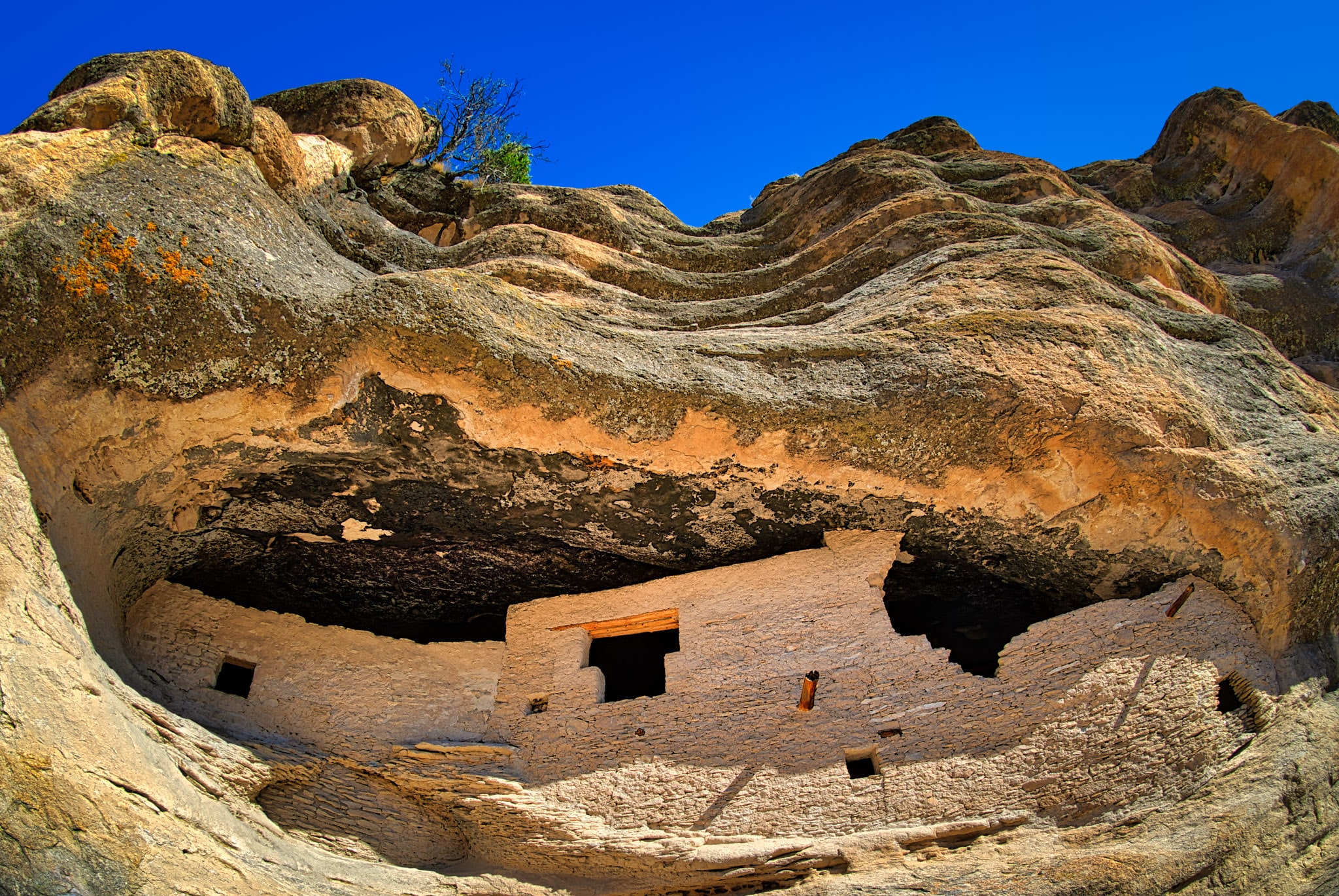
Gila Cliff Dwellings National Monument is located in the state of New Mexico, United states. This historic site preserves a group of well-preserved cliff dwellings that were built by the Mogollon people in the late 1200s. The dwellings are nestled in the rugged cliffs of the Gila Wilderness, providing a unique glimpse into the lives of the people who once inhabited this area.
Visitors to the monument can explore the ancient dwellings, which were constructed using a combination of mud and local materials. The site offers hiking trails that lead to the cliff dwellings, allowing visitors to experience the natural beauty of the surrounding wilderness along with the cultural and historical significance of the structures.
The Gila Cliff Dwellings provide a fascinating archaeological and historical experience, giving visitors a sense of the challenges and innovations of the people who lived in the region centuries ago. The monument is managed by the National Park Service and serves as a testament to the rich cultural heritage of the American Southwest.
A Glimpse into the Past:
The Gila Cliff Dwellings, located within the Gila Wilderness, showcase the ingenuity of the Mogollon people who inhabited the region over 700 years ago. These ancient builders crafted their homes directly into the cliffs, creating a network of interconnected rooms that still stand today. The site consists of approximately 40 rooms, offering a fascinating glimpse into the daily lives and communal structures of this prehistoric community.
Architectural Marvels:
One cannot help but marvel at the architectural prowess displayed in the construction of the cliff dwellings. The Mogollon people strategically chose natural alcoves and caves along the Gila River to build their homes. The use of locally sourced materials, such as stone and timber, reflects a deep understanding of the environment and a sustainable approach to construction. Visitors can wander through the maze of rooms, imagining the daily activities that once animated these dwellings.
Mysterious Abandonment:
The exact reasons behind the abandonment of the Gila Cliff Dwellings remain shrouded in mystery. Archaeological evidence suggests that the Mogollon people might have faced challenges such as resource depletion, climate change, or external pressures from neighboring communities. As you explore the site, a sense of wonder and curiosity surrounds the silent structures, leaving room for speculation and contemplation about the lives of those who once called this place home.
Preservation and Conservation:
The preservation of the Gila Cliff Dwellings is a testament to the ongoing efforts to safeguard our cultural heritage. The site became a national monument in 1907, recognizing its significance and ensuring its protection for future generations. Visitors are encouraged to respect the delicate nature of the structures and the surrounding environment, playing a crucial role in the ongoing conservation of this archaeological treasure.
Exploring the Gila Wilderness:
Beyond the cliff dwellings, the Gila Wilderness offers a playground for nature enthusiasts. Hiking trails wind through diverse landscapes, providing breathtaking views of canyons, forests, and the Gila River. The riparian ecosystem supports a variety of flora and fauna, creating a haven for wildlife observation and photography.
4. Chaco Culture National Historical Park
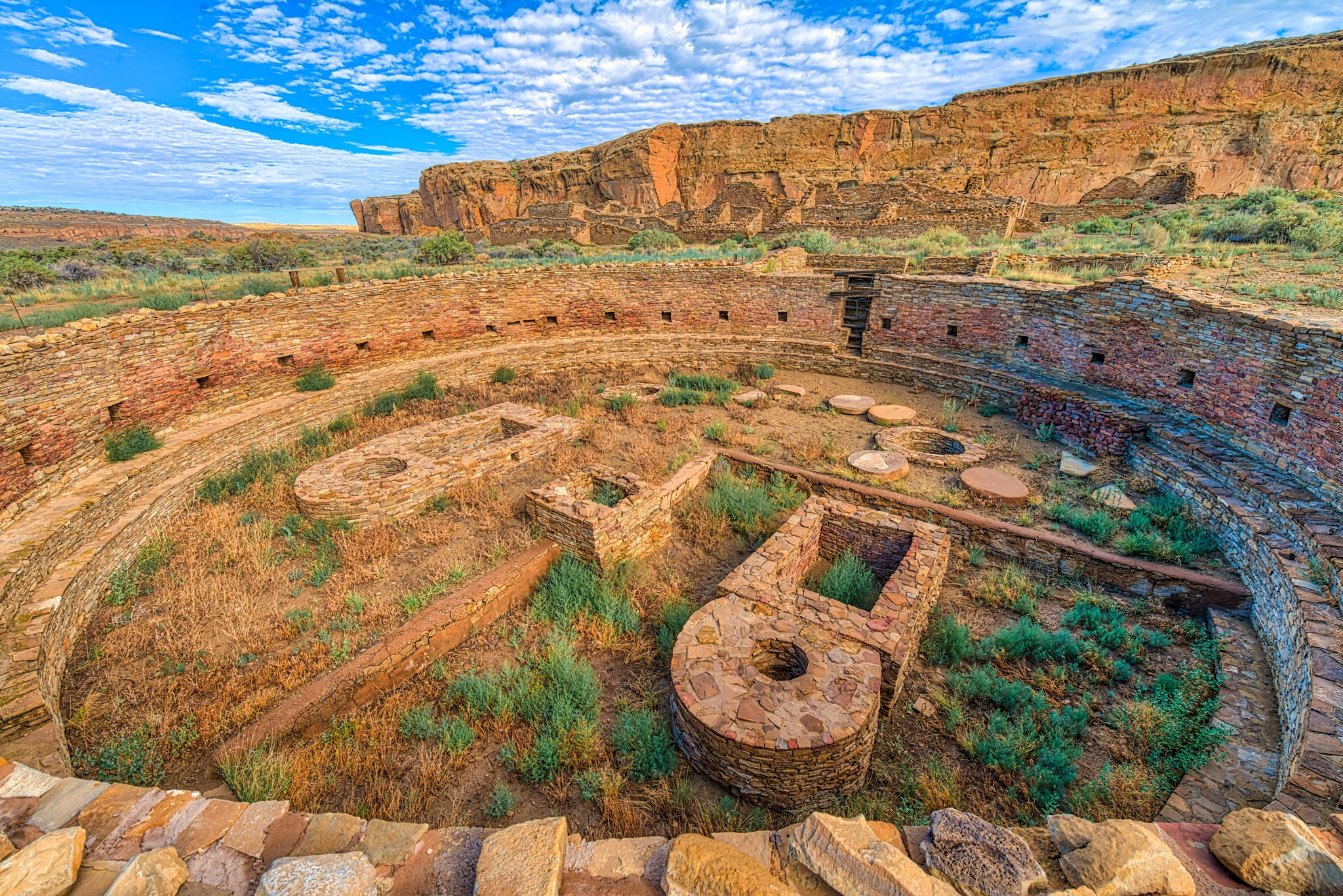
Chaco Culture National Historical Park stands as a testament to the ingenuity and resilience of the Ancestral Puebloans, showcasing a tapestry of history etched into the red rocks of New Mexico. Chaco Culture National Historical Park, nestled in the heart of New Mexico. This archaeological wonderland holds the key to unraveling the mysteries of the Ancestral Puebloans who once thrived in this arid landscape.
Chaco Culture National Historical Park is located in northwestern New Mexico, USA. It preserves one of the most significant and remarkable cultural and archaeological sites in North America. The park is known for its well-preserved ancient Puebloan buildings and is recognized as a UNESCO World Heritage Site. The park contains several large, multi-story structures known as “Great Houses.” These buildings were constructed by the ancestral Puebloan people, also known as the Anasazi, between the 9th and 12th centuries. Notable Great Houses include Pueblo Bonito, Chetro Ketl, and Una Vida.
A Glimpse into the Past:
Chaco Canyon, the heart of the Chacoan civilization, flourished between the 9th and 13th centuries. The park encompasses a vast landscape dotted with monumental great houses, kivas, and intricate petroglyphs, providing a glimpse into the complex society that once thrived in this arid region. The Chacoans were skilled astronomers, builders, and farmers, creating a network of interconnected communities linked by an elaborate system of roads known as “Chacoan Roads.”
Architectural Marvels:
One of the most striking features of Chaco Culture National Historical Park is its awe-inspiring architecture. Great Houses, such as Pueblo Bonito and Chetro Ketl, showcase the advanced engineering skills of the ancient Puebloans. The precision with which these structures were aligned with celestial events, particularly the solstices and equinoxes, highlights the spiritual and cultural significance embedded in the architecture.
Astronomy and Celestial Alignments:
Chaco Canyon’s unique celestial alignments have captivated researchers and stargazers alike. The Sun Dagger, a famous petroglyph on Fajada Butte, marks the solstices and equinoxes with precision. The Chacoans’ intimate connection with the celestial realm is evident in the meticulous alignment of their structures, reinforcing the notion that their society was deeply influenced by astronomical observations.
Cultural Significance:
Beyond its architectural marvels, Chaco Culture National Historical Park holds immense cultural significance. The petroglyphs, pottery, and artifacts discovered within the canyon provide insights into the daily lives, religious practices, and trade networks of the ancient Puebloans. Visitors can explore the visitor center, which features exhibits and information about the cultural heritage of Chaco Canyon.
Preserving the Past:
Challenges such as erosion, looting, and climate change threaten the preservation of Chaco Culture National Historical Park. Conservation efforts and ongoing research aim to protect and understand this ancient civilization. The delicate balance between exploration and preservation underscores the importance of responsible tourism and environmental stewardship.
Visitor Experience:
For those drawn to history, archaeology, and the beauty of the American Southwest, Chaco Culture National Historical Park offers a unique and immersive experience. Hiking trails, guided tours, and night sky programs allow visitors to connect with the landscape and gain a deeper understanding of the Chacoan people and their way of life.
5. Carlsbad Caverns National Park
Carlsbad Caverns National Park is located in the state of New Mexico, USA. It’s renowned for its stunning underground caves and caverns, formed by the dissolution of soluble rocks, such as limestone and gypsum.
The park features a vast network of caves, with the most famous being the Carlsbad Cavern itself. The cavern is known for its immense size and beautiful formations, including stalactites, stalagmites, columns, and other unique structures. The Big Room within the cavern is one of the largest cave chambers in North America.
Visitors to Carlsbad Caverns can explore the caves through a network of well-maintained trails and walkways. The park offers guided tours, including the popular Ranger-guided tours, where visitors can learn about the geology, history, and biology of the caverns.
Additionally, there is an elevator available for those who prefer a quicker way to access the caves. The park is not only known for its underground wonders but also for the scenic beauty above ground. There are hiking trails that lead to picturesque viewpoints, offering stunning vistas of the surrounding Chihuahuan Desert.
Geology and Formation: Carlsbad Caverns boasts a complex and intricate geological history that spans millions of years. The caverns were formed by the dissolution of soluble rocks, primarily limestone, by acidic groundwater. Over time, this natural process created a vast network of chambers and passages, culminating in the breathtaking subterranean landscape we can explore today.
The Big Room:
At the heart of Carlsbad Caverns lies the Big Room, one of the largest underground chambers in North America. This colossal space is a masterpiece of nature, adorned with stunning stalactites, stalagmites, columns, and draperies. Visitors can embark on a self-guided tour through the well-lit trails that wind through this surreal underground world, providing an immersive experience into the geological wonders of the caverns.
Bat Flight Program:
Carlsbad Caverns is also renowned for its resident bat population, particularly the Mexican free-tailed bats. Each evening, from late spring to early fall, visitors have the opportunity to witness the awe-inspiring Bat Flight Program. As dusk settles, thousands of bats emerge from the cave entrance in a spectacular display, filling the evening sky as they embark on their nightly foraging journey. Park rangers provide informative talks about these fascinating creatures, offering a unique and educational experience for all ages.
King’s Palace:
For those seeking a more adventurous exploration, the King’s Palace guided tour provides an intimate and informative journey into the lesser-known chambers of Carlsbad Caverns. This ranger-led tour takes visitors through narrow passages and introduces them to geological formations not visible on the main trails. The King’s Palace tour is an excellent option for those looking to delve deeper into the geological history and unique features of the caverns.
Natural Entrance:
While elevators offer a convenient way to access the caverns, the Natural Entrance provides a more challenging and rewarding approach. The winding switchbacks of the Natural Entrance trail lead visitors down into the caverns, offering breathtaking views of the surrounding desert landscape. This option is ideal for those seeking a more immersive and physical adventure.
Conclusion
New Mexico’s historic sites weave a narrative of resilience, adaptation, and cultural exchange. They serve as living monuments to the myriad influences that have shaped the state, fostering an appreciation for the diverse tapestry of history that has unfolded across its landscapes. Exploring these sites is not just a journey through time; it’s an immersive experience that connects visitors with the rich heritage of New Mexico, leaving an indelible mark on their understanding of the American Southwest.
To read more, click on the link below:














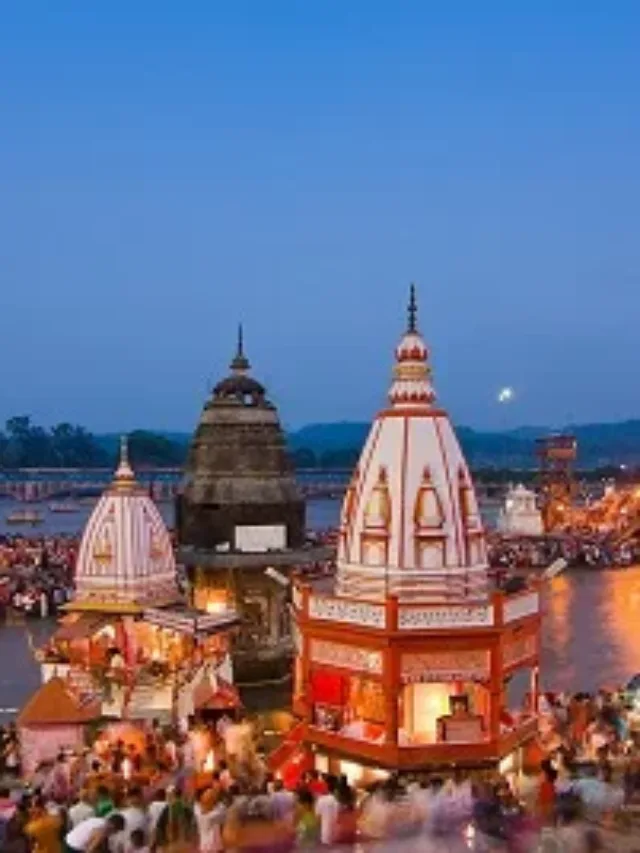

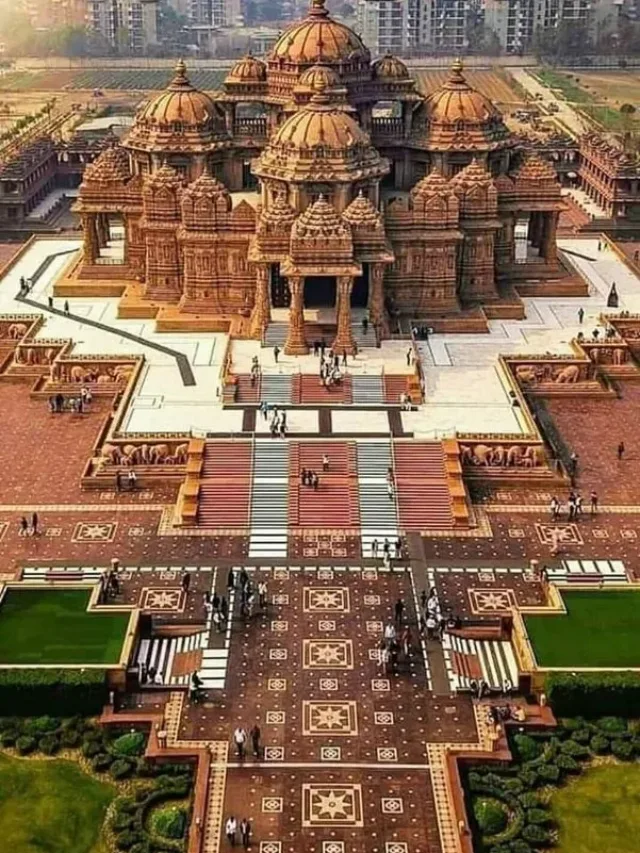




Pingback: Places In Miami